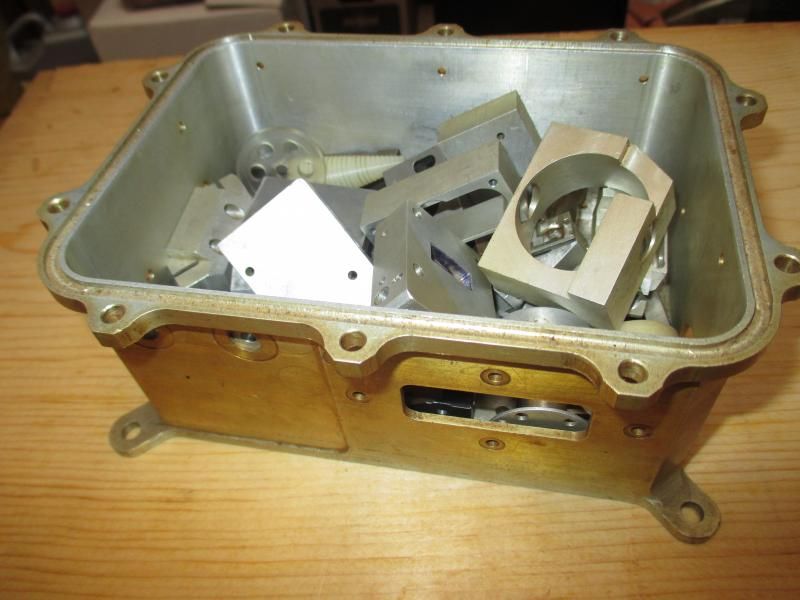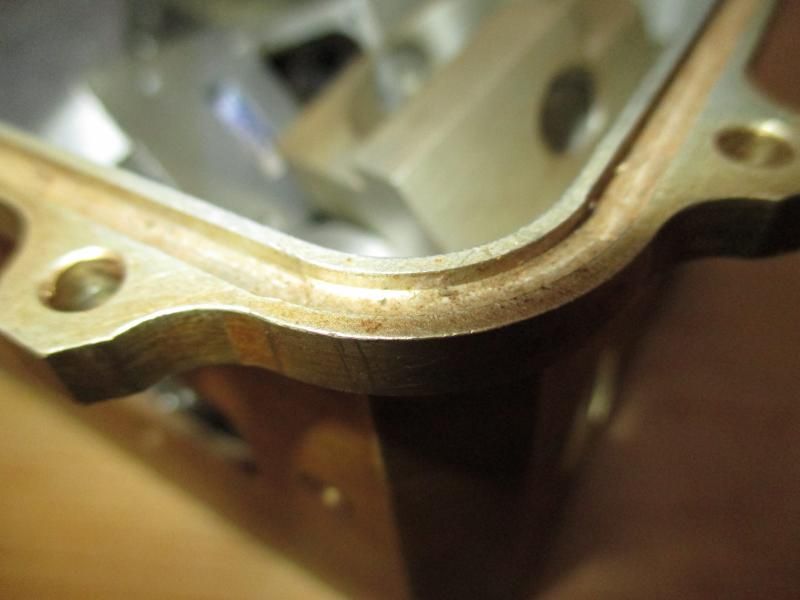Jack Campbell
Plastic
- Joined
- Aug 19, 2007
- Location
- Aberdeen Scotland
I am machining a rectangular (8" x 4") oiltight enclosure from a solid acetal block, and I need to cut an O ring groove around the top surface to provide a seal for the lid.
The groove will be 1/8" wide and about 3/32" deep and I need to radius the groove at the corners to about 3/8" radius.
This will be machined on a Bridgeport manual mill with DRO.
I had considered making a template and using a woodworking router with an appropriate guide bush to cut the groove but this seemed a bit of a cop out.
Does anyone know of a clever wheeze or setup which would allow me do this quickly and accurately on the mill?
Thanks in anticipation.
Jack
The groove will be 1/8" wide and about 3/32" deep and I need to radius the groove at the corners to about 3/8" radius.
This will be machined on a Bridgeport manual mill with DRO.
I had considered making a template and using a woodworking router with an appropriate guide bush to cut the groove but this seemed a bit of a cop out.
Does anyone know of a clever wheeze or setup which would allow me do this quickly and accurately on the mill?
Thanks in anticipation.
Jack


 ) the surface finish requirements may be met??
) the surface finish requirements may be met??
